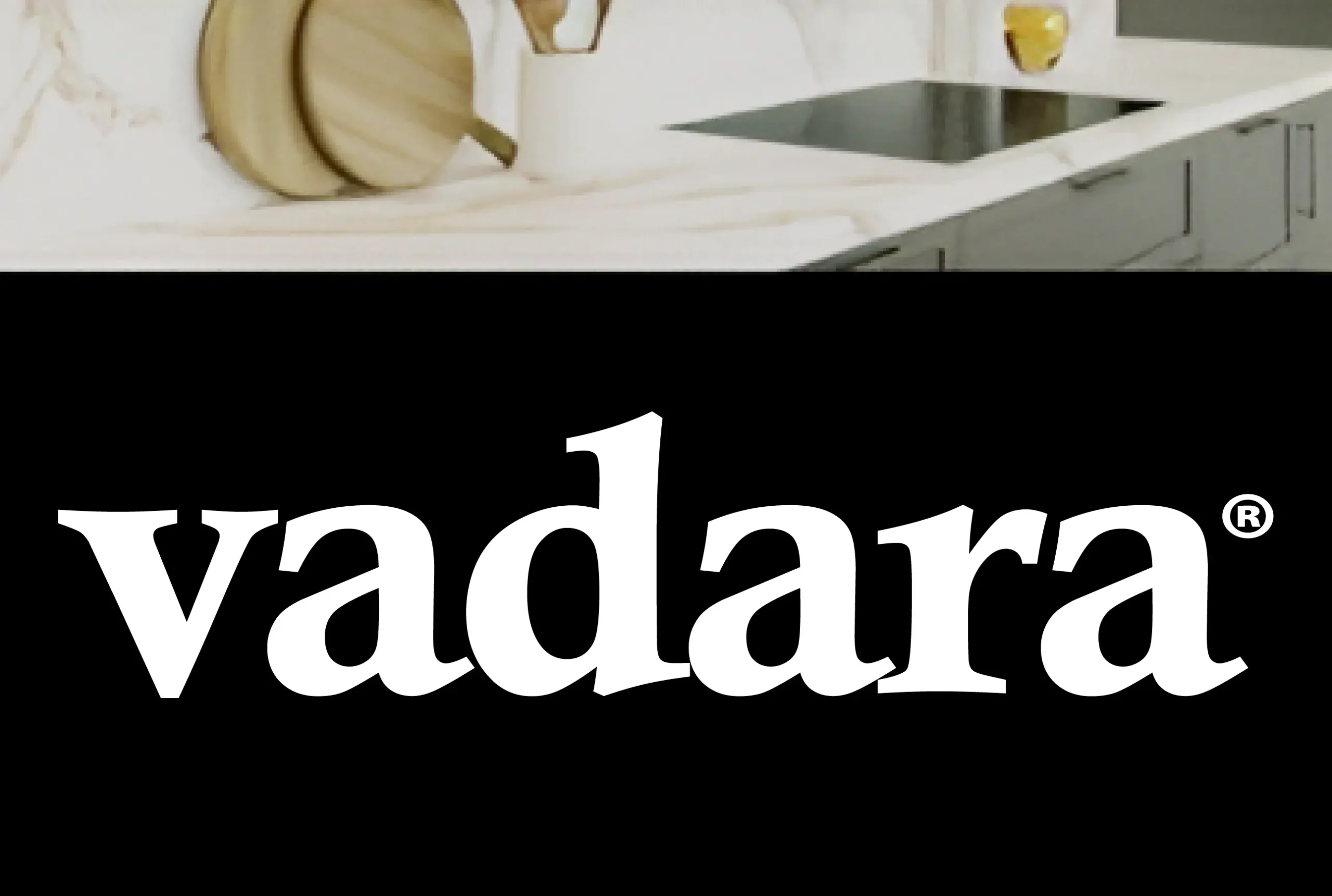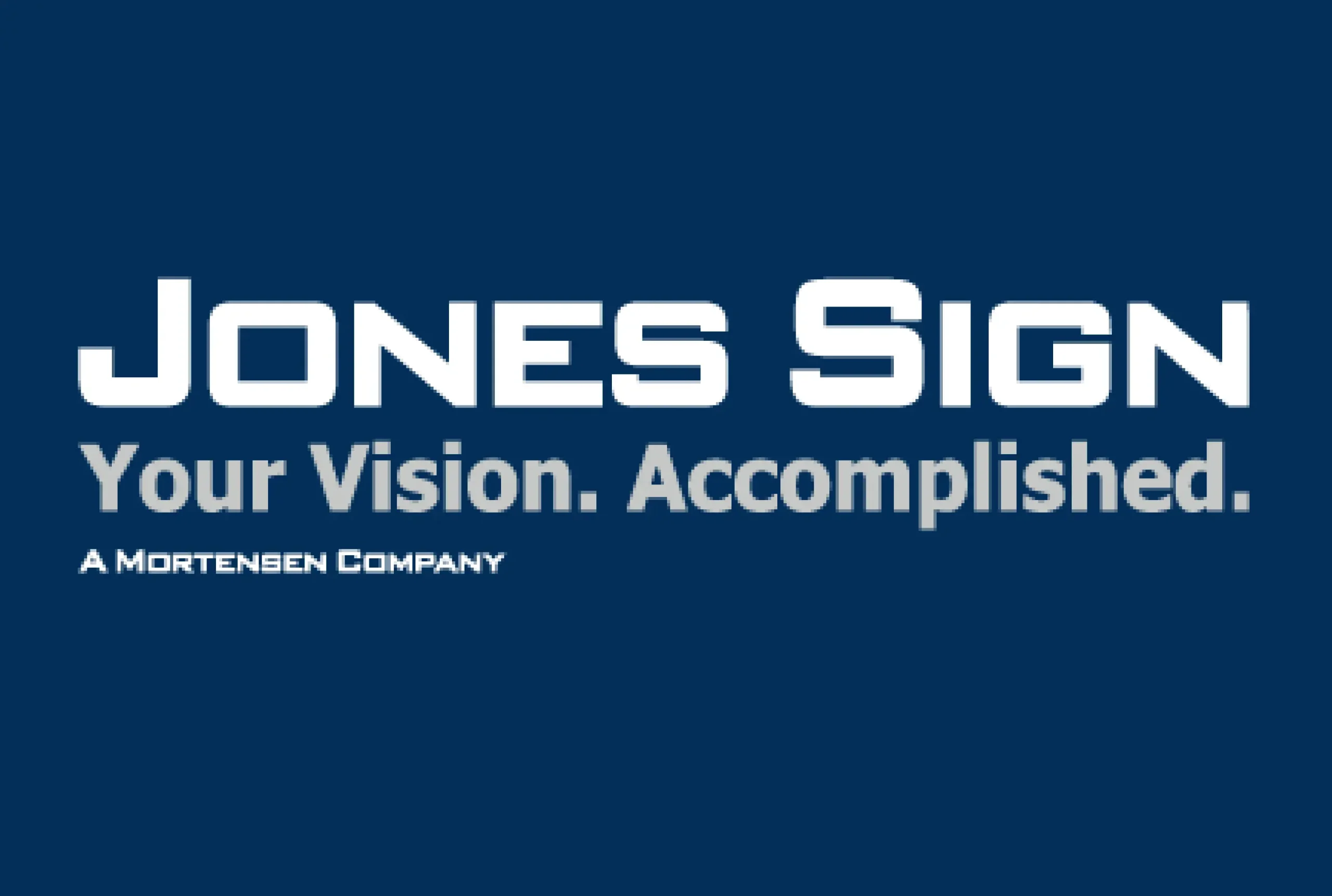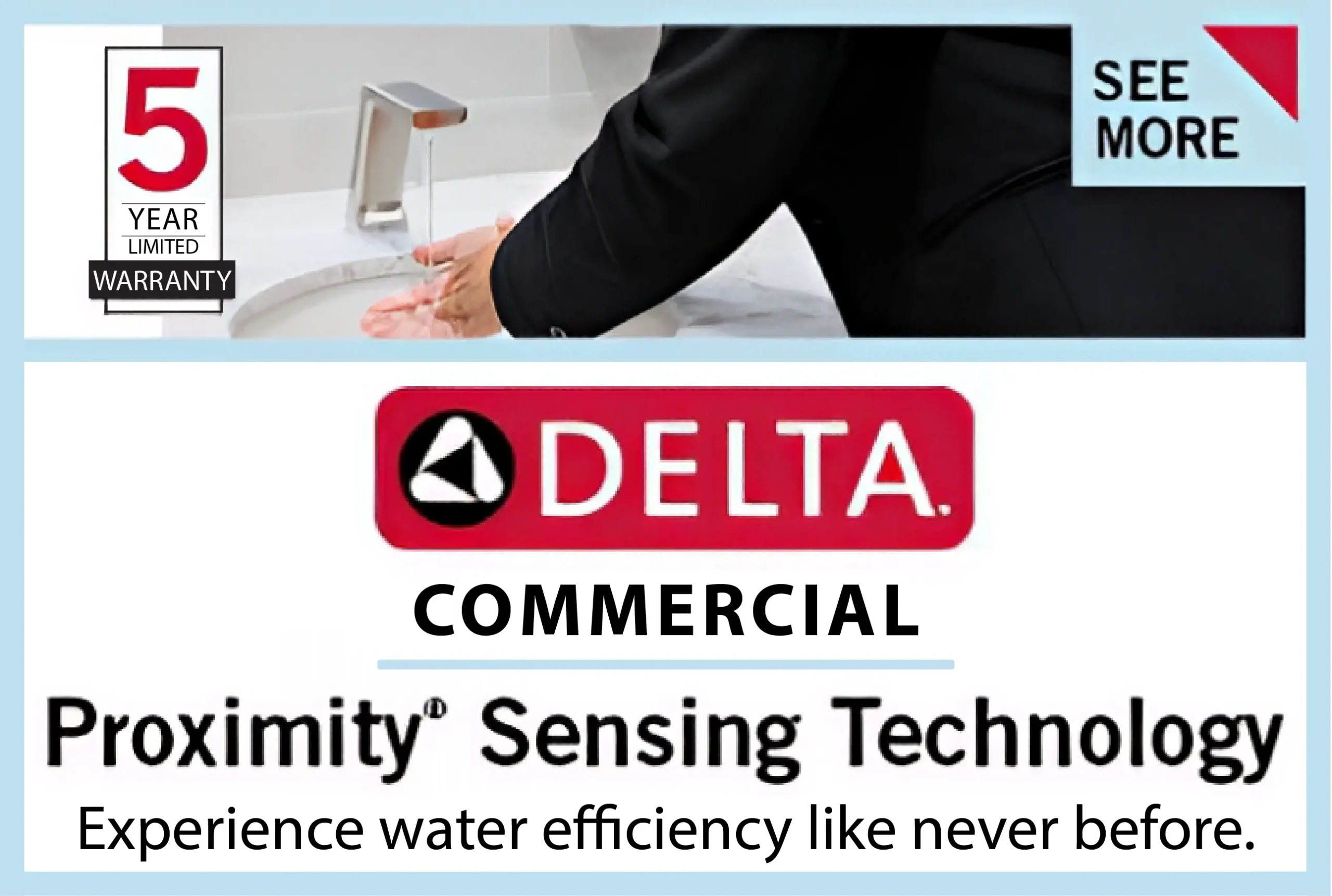Selecting the appropriate business structure is a critical decision that impacts tax obligations, liability, and operational efficiency. The check-the-box regulations issued by the IRS, offer businesses the flexibility to elect their tax classification. This article explains how these rules work, the available classifications, and how businesses can make informed choices to optimize tax outcomes.
Overview of Check-the-Box Regulations Under the check-the-box rules, eligible entities may choose their federal tax status by filing Form 8832, Entity Classification Election. This regulation simplifies classification, enabling certain entities to avoid automatic default treatment and adopt the structure best suited to their financial strategy. Without an election, entities are subject to default classification rules:
- Single-member entities default to disregarded status unless they elect corporate treatment.
- Multi-member entities default to partnerships unless they elect corporate status.
- Incorporated entities are automatically classified as corporations under local law.
Key Advantages of Electing Tax Classification
- Flexibility: Businesses can tailor their tax obligations according to their financial and operational goals.
- Simplified Compliance: Clear classification reduces ambiguity in tax filings.
- Tax Optimization: Proper classification can minimize tax liabilities and improve cash flow.
Types of Entity Classifications
1. Corporations
Certain entities are automatically treated as corporations, including:
Those explicitly described as corporations under federal or state statutes.
- Insurance companies under Subchapter L.
- State-chartered banks with insured deposits.
- Foreign entities are designated as corporations by IRS regulations.
These entities are subject to corporate tax rates and related compliance requirements.
2. Partnerships
Domestic entities with two or more members that are not automatically classified as corporations default to partnerships. Partnerships benefit from pass-through taxation, meaning profits and losses are reported on individual partners’ tax returns, avoiding double taxation.
Electing corporate status under check-the-box rules requires filing Form 8832. This process allows businesses to switch from default partnership treatment to corporate taxation if needed.
3. Disregarded Entities
Single-member entities are not automatically classified as corporations and default to being disregarded. Common examples include single-member limited liability companies (SMLLCs)—the income and expenses of a disregarded entity flow directly to the owner’s tax return.
Electing corporate status is possible through check-the-box procedures, though many owners prefer the simplicity of the default classification.
How to Change Entity Classification
Entities seeking to change their default classification must file Form 8832 with the IRS. The effective date of the election can be up to 75 days prior or 12 months after the filing date. Proper planning is essential, as the IRS imposes a 60-month restriction on subsequent classification changes unless ownership significantly changes.
Steps to Elect or Change Classification
- Evaluate Tax Implications: Consult a tax professional to assess potential impacts, such as double taxation or taxable gains.
- Complete Form 8832: Provide accurate entity information and select the desired classification.
- Submit the Form: Ensure timely submission to avoid late filing penalties.
- Monitor Compliance: After electing a new classification, follow the relevant tax filing requirements to maintain compliance.
Real-World Examples
Example 1: Automatic Corporate Classification
A business formed as a corporation under state law cannot elect to be treated as a partnership. Its corporate status is fixed unless dissolved and restructured under a different legal form.
Example 2: Disregarded SMLLC
A sole proprietor in Texas forms a single-member LLC. By default, the SMLLC is treated as a disregarded entity, simplifying tax reporting by allowing income to be reported directly on the proprietor’s personal return.
Example 3: Multi-Member LLC Default Partnership
Two partners form an LLC. The default classification is a partnership, which offers pass-through taxation. If corporate status is preferred for liability or financial reasons, an election can be made by filing Form 8832.
Tax Consequences of Classification Changes
Changing an entity’s classification can have significant tax ramifications, including:
- Converting from Corporation to Partnership: Triggers a deemed liquidation, potentially resulting in corporate-level and shareholder-level taxable gains.
- Switching from Partnership to Corporation: This may trigger taxable gains if transferred liabilities exceed the asset basis.
Due to these complexities, careful planning and professional guidance are essential when making classification changes.
Late Election Relief
If an entity fails to file Form 8832 in a timely manner, relief may be available under Rev. Proc. 2009-41, provided the entity demonstrates reasonable cause for late filing. Supporting documentation and timely compliance with other tax obligations are necessary to qualify for relief.
Making the Right Choice
Understanding how check-the-box regulations work and their implications is vital for businesses seeking optimal tax outcomes. Proper classification not only ensures compliance but also helps minimize tax burdens and improve financial performance.
Call to Action
If you are unsure about the best classification for your business, consult a qualified tax advisor. Proactive planning can help you leverage the flexibility of check-the-box regulations to align your tax obligations with your strategic goals.
This structured and concise guide equips business owners with the knowledge to navigate complex tax classifications confidently. Proper entity classification under the check-the-box rules can yield significant financial advantages, ensuring long-term growth and success.












